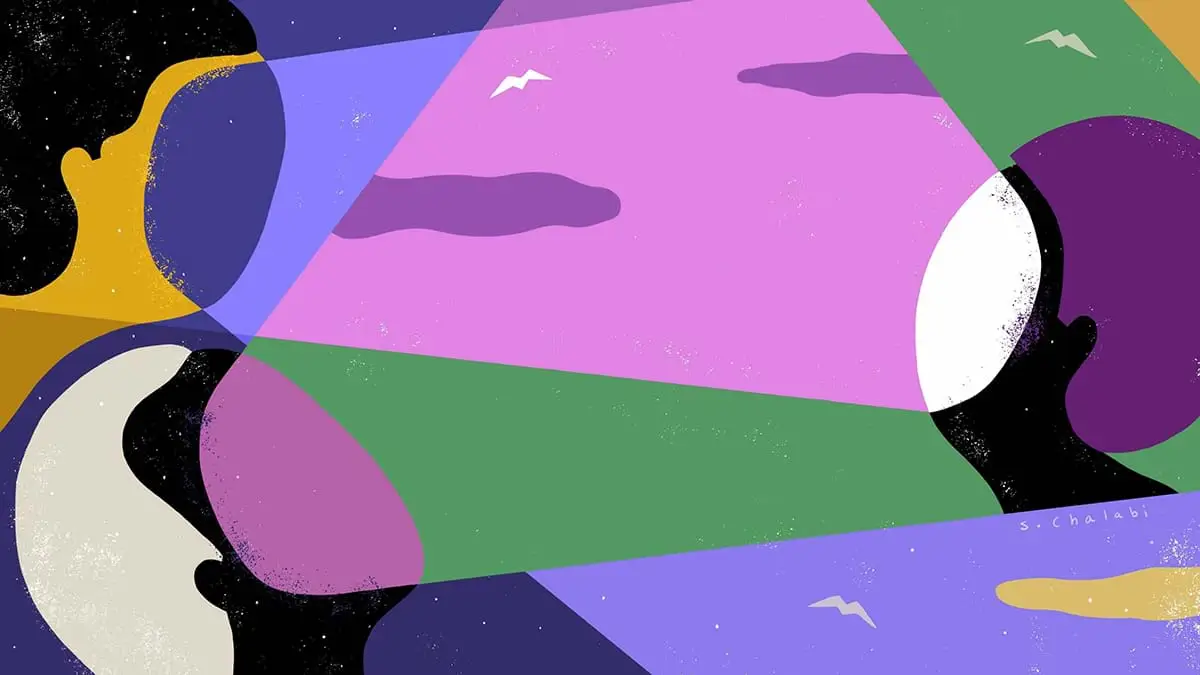
Creative Futures
40 Provocations to
Reimagine the
Arts, Documentary,
and Journalism
Illustrations by Sawsan Chalabi
CREATIVE FUTURES is a series of 40 provocations by thinkers across the spheres of arts and culture, documentary film, and journalism unfolding throughout the fall of 2020.
We stand at a historic crossroads: a social, racial, and economic reckoning laid bare by COVID-19 and a movement for Black lives. It is a moment that demands interpretation and action. Cultural narratives are central to shaping our realities, including how best to ensure justice and equity for all. So how do we grow and change our systems of arts and media—systems, like our larger society, that have never been equitable or sustainable?
CREATIVE FUTURES is a reimagining of the fields of arts and culture, documentary film, and journalism, a set of concrete action plans to fuel and shape the transformative possibilities to come. In the words of abolitionist scholar Ruth Wilson Gilmore, “What the world will become already exists in fragments and pieces, experiments and possibilities.” Here are some of those fragments and pieces, experiments and possibilities.
ABOUT THIS PROJECT
From Past to Present: How Artists Build from the Past to Shape our Future
By Margaret Morton, Program Director
PROVOCATIONS
New Infrastructures
We’re witnessing a reimagining of the fundamental ways in which culture and media operate. It’s time for new infrastructures—from institutions to administrative protocols—founded not in extractive logic or saddled by narrow thought, but grounded in justice, accountability, and cooperation. This final set of provocations imagines operational building blocks that can nurture and shape the continued transformation of arts, documentary, and journalism. They describe infrastructures freed from what Toni Morrison called “the distraction of racism,” designed for—and by—us, infrastructures that exist outside institutional spaces and play the long game of systemic change. From news outlets that serve millennials and Gen-Z to safe spaces for BIPOC film executives to build and contest power to radically inclusive application forms for higher education, these ideas rewrite the rules of the game, embedding equity to create a future of diversity and opportunity for all.
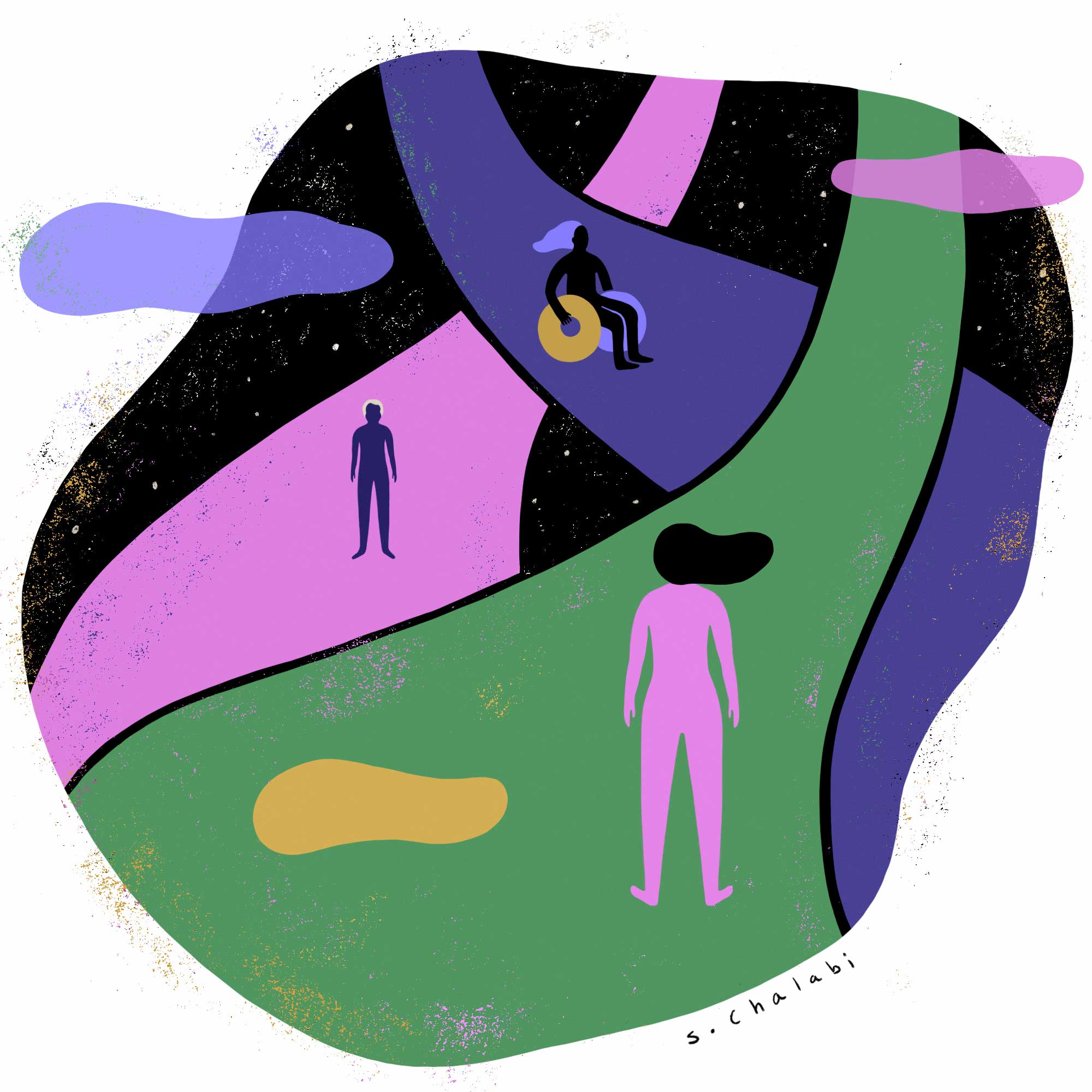
The Money
The word philanthropy literally means the love of humankind, but it’s not seen as benevolent by all. Some have even referred to it as “the result of capitalism’s extractive excess.” In a time of pandemic, racial reckoning, new and longstanding forms of ableism, and deep economic distress, how can the arts, documentary, and journalism find and leverage financial resources to survive, build, and innovate? These provocations ask hard questions about money and the rules of how it flows. Is public funding for arts and media a good option or is it time to explore for-profit funding? Are we recognizing how various demographic groups access resources differently? How can funders center marginalized groups and support them without forcing them to compete against each other? It’s been nearly three decades since Wu-Tang Clan’s keen meditation on capitalism, C.R.E.A.M.: “Cash rules everything around me.”: Today, we are seeing that creators are shifting that paradigm. They are not the ruled, but the people making new rules for the benefit of all.
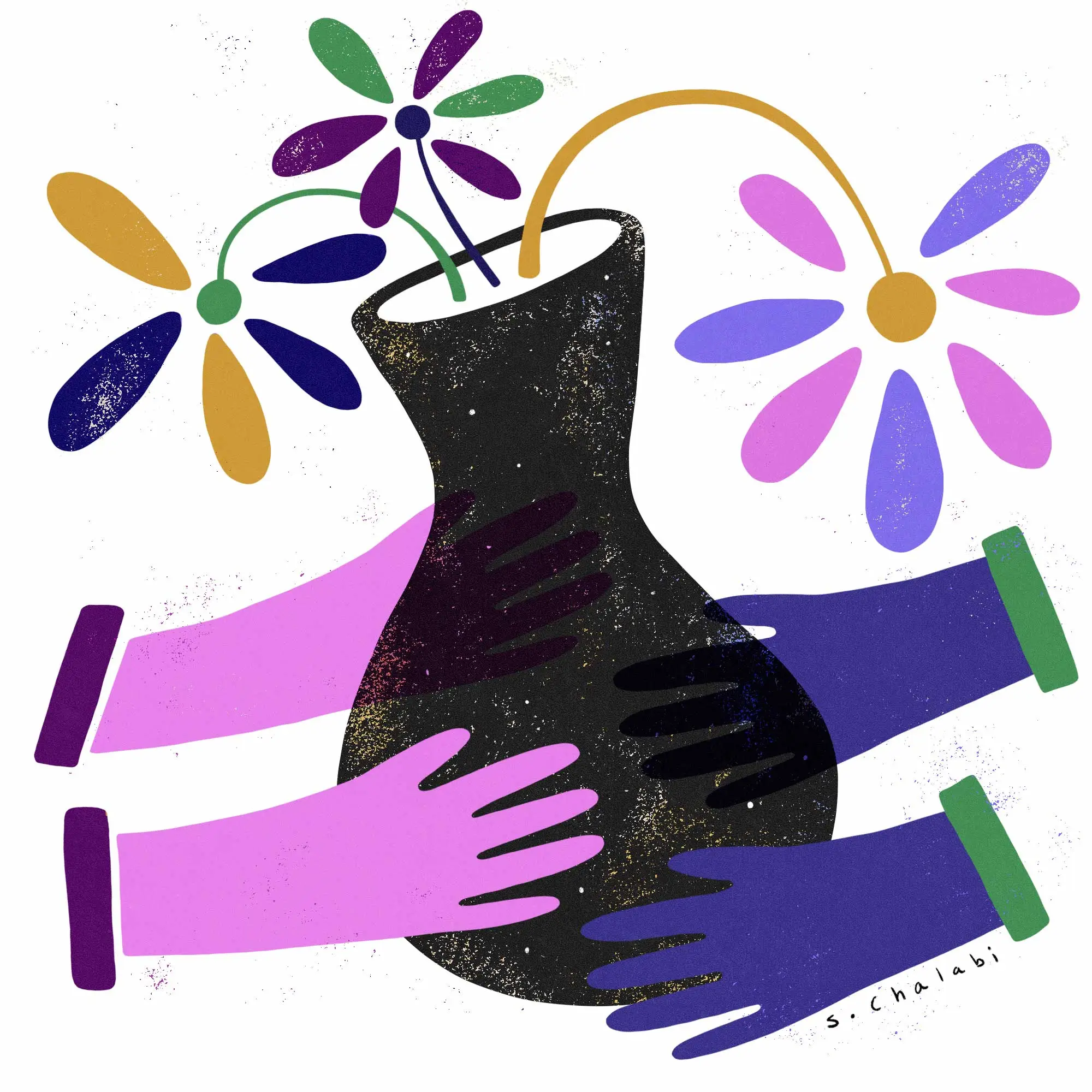
Artmaking
Artmaking as listening. As call and response. As connection. As community. As ideas. As medicine and healing. As love. As liberation. As America itself. These provocations explore the future of artmaking. The writers call for Black, indigenous, people of color, and disability leadership, for equity over inclusion, for intersectional aesthetics. They resist the idea of “new” art that serves whimsical curatorial and funding agendas while neglecting structural change. They embrace artwork grounded in history, bodies, place, and customs that reveal practices of injustice. They implore us to act, to move from questions of “how” to statements of “when.” When Black or Latinx composers comprise at least 10 percent of programming at every orchestra in America. When disability itself takes the stage. When art and cultural organizations lead our post-pandemic reintegration. When artists help create solutions to the country’s hardest problems and are paid equitably and transparently.
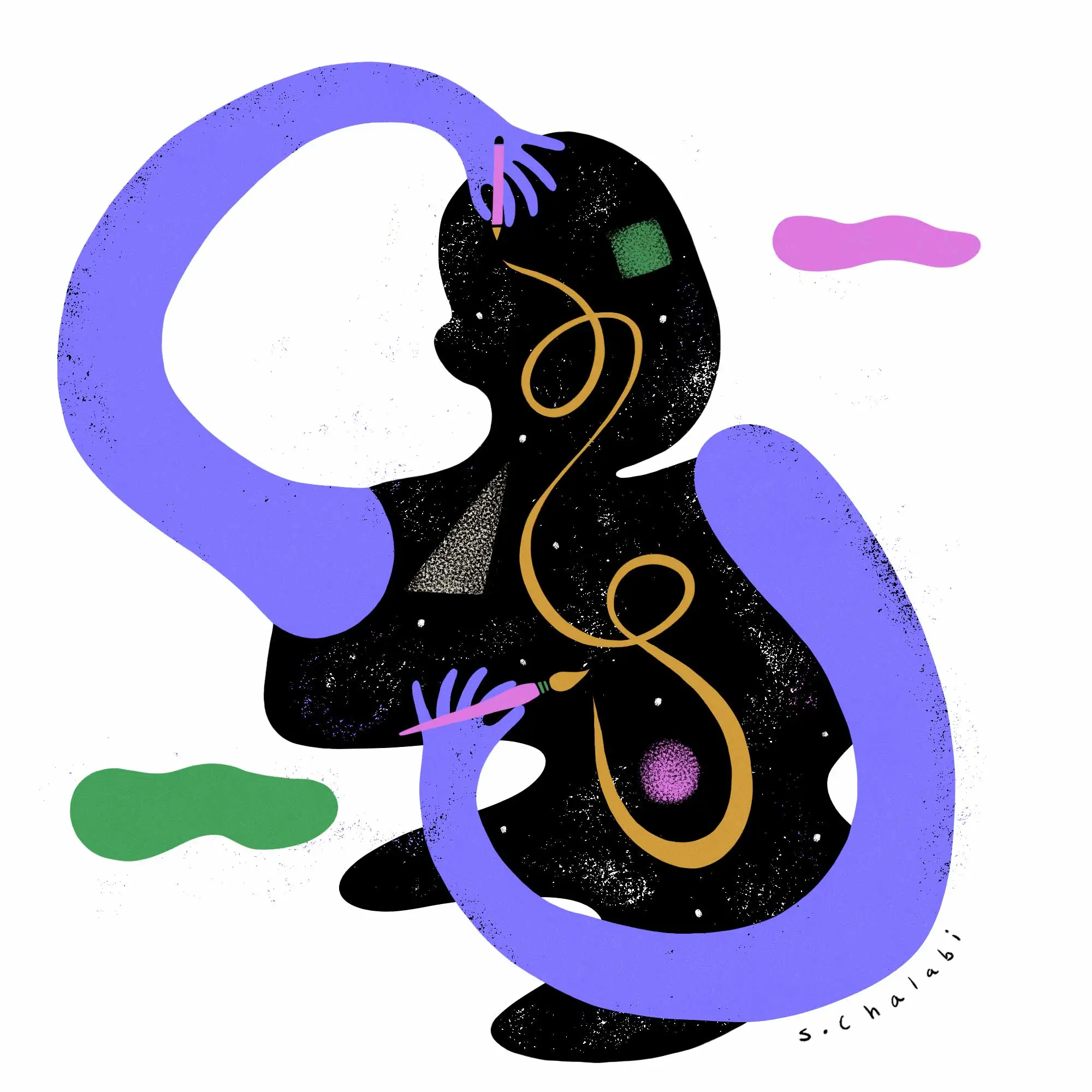
New Paradigms
“Liberation is collective…it opens like an aperture.”
—Las Imaginistas
Tony McDade. Breonna Taylor. George Floyd. We say their names as an invocation to New Paradigms. This year of radical reckoning demands we build new power and recognize existing value in people and stories that have too long been shunted to the side. Whether it’s decolonizing museums, democratizing public television, or pushing to change normative conceptions of labor and productivity, these new paradigms imagine deep ethical practices to meet communities where they are and with the resources and support they need. The voices in New Paradigms center Black, indigenous, disabled, queer, women, and trans folx, moving beyond token solidarity statements to envision a world architected to embrace and honor the multiplicity of story and experience. Drawing upon the anger, energy, and possibility of 2020, these provocations critique our “fundamentally broken systems” and lay out how to repair them, insisting upon ways of being that disrupt SAMO.
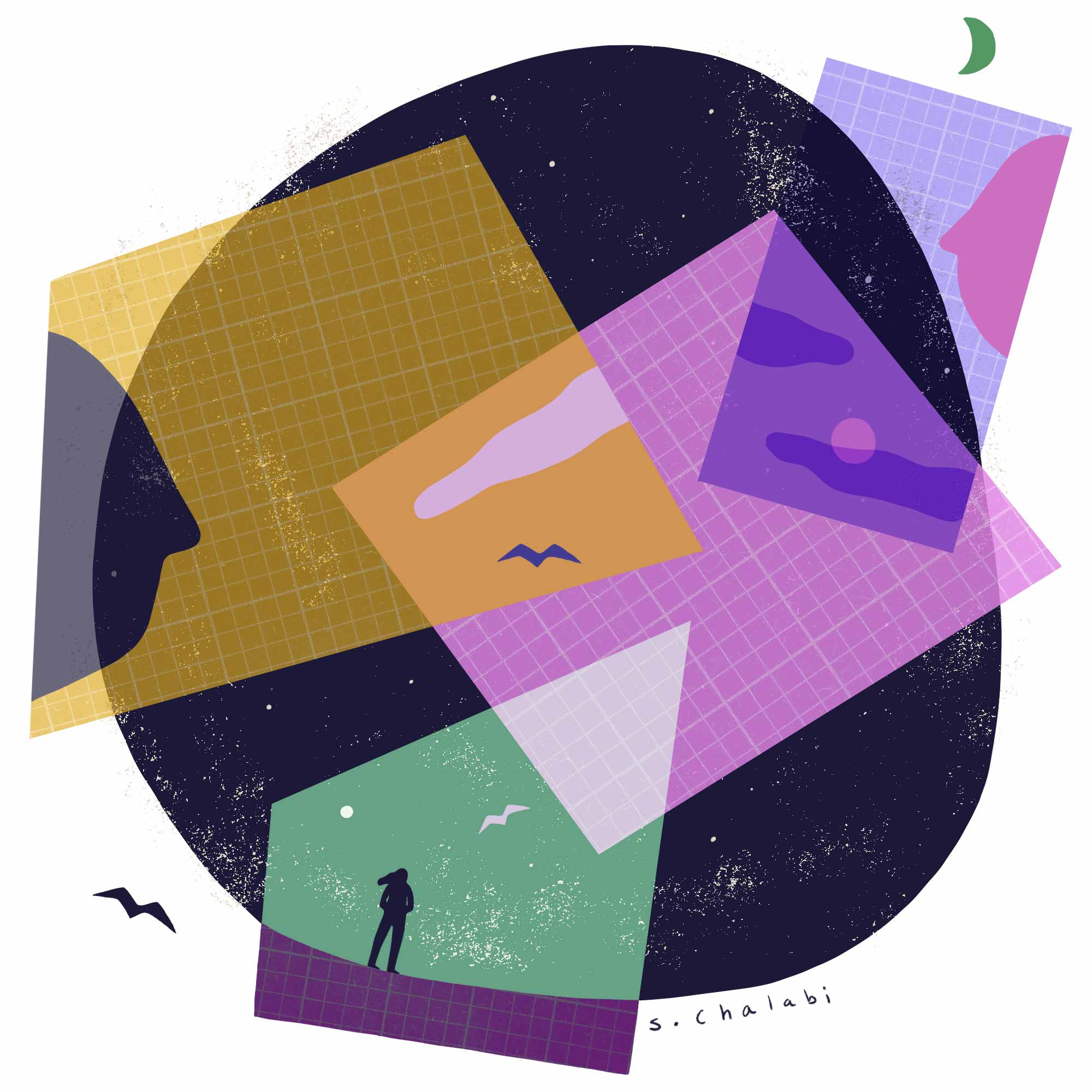
Place
Place is often seen as an extension of the self—and the setting for better and more authentic ways of telling stories. When considering the ways we interpret place, we think about its synonyms: scene, setting, situation, venue, area, neighborhood. Most of these suggest a human presence; they also imply where a story happens. This connection between humanity and place is at the heart of these provocations. They call for stories from the most local level, stories told by local storytellers most affected by the issues at the heart of their communities, and they call for an understanding that how we forge these narratives is already present in these places. Place becomes something infinitely more meaningful when it is grounded in local power and perspective, fashioned by the corner poet or storyteller, and captured by the eyes of those living there.
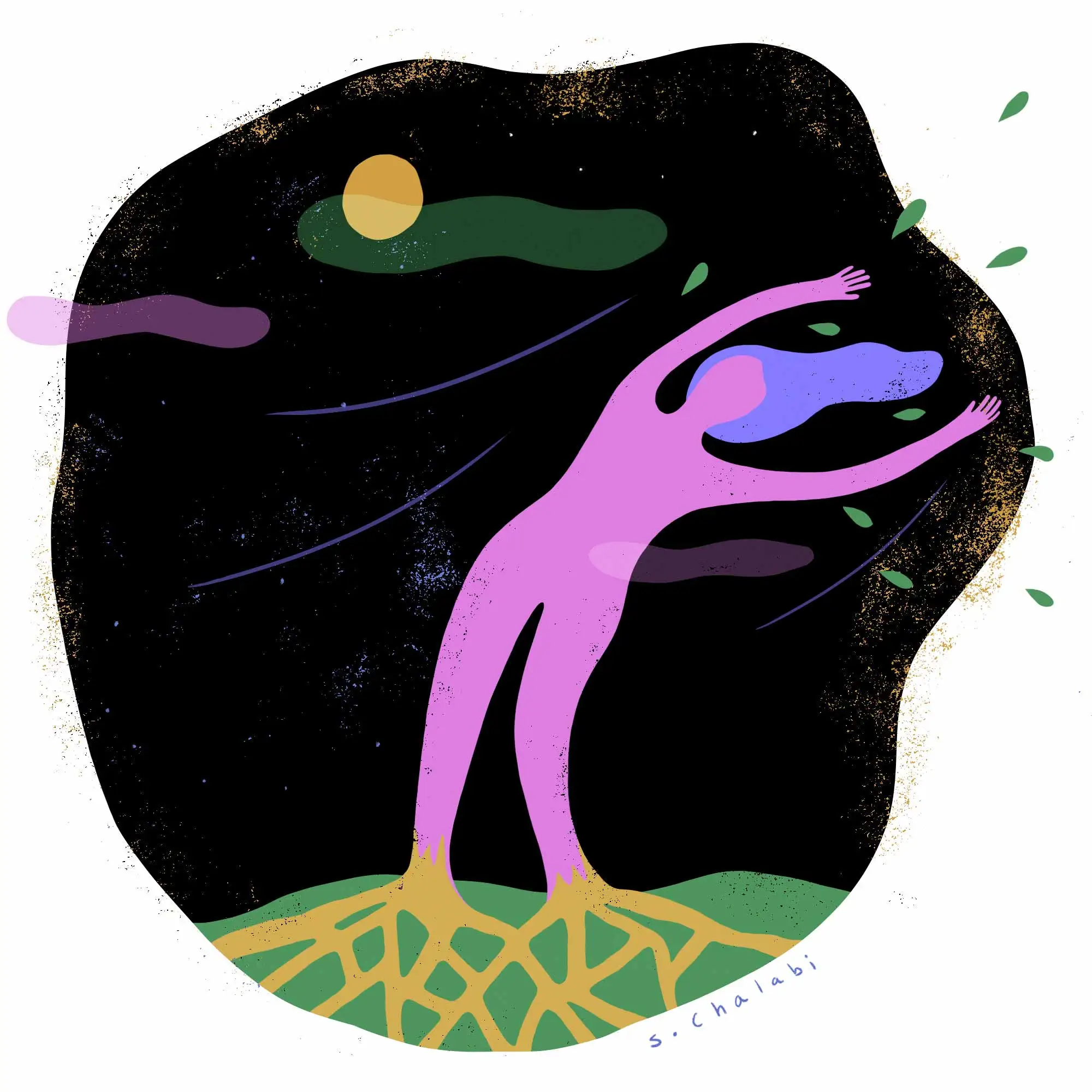
The Co-op
The fields of arts and culture, documentary film, and journalism have long been built on unequal economic and decision-making models. The provocations that follow envision new cooperative models of resource-sharing and community ownership—alternatives to existing structures governed by, and serving, a select few. More than ever these fields need interventions of elasticity and shared responsibility, the same principles powering today’s mutual aid networks, formed in response to COVID-19, and yesterday’s community trusts, developed to democratize farms and housing for BIPOC communities. A co-op can flex to engage evolving needs and empower all of its members to ask, listen, give, and receive. These provocations show us how we might apply cooperative principles in new terrains, in new configurations, and with new populations claiming co-ownership. Join us in building new forms of trust.
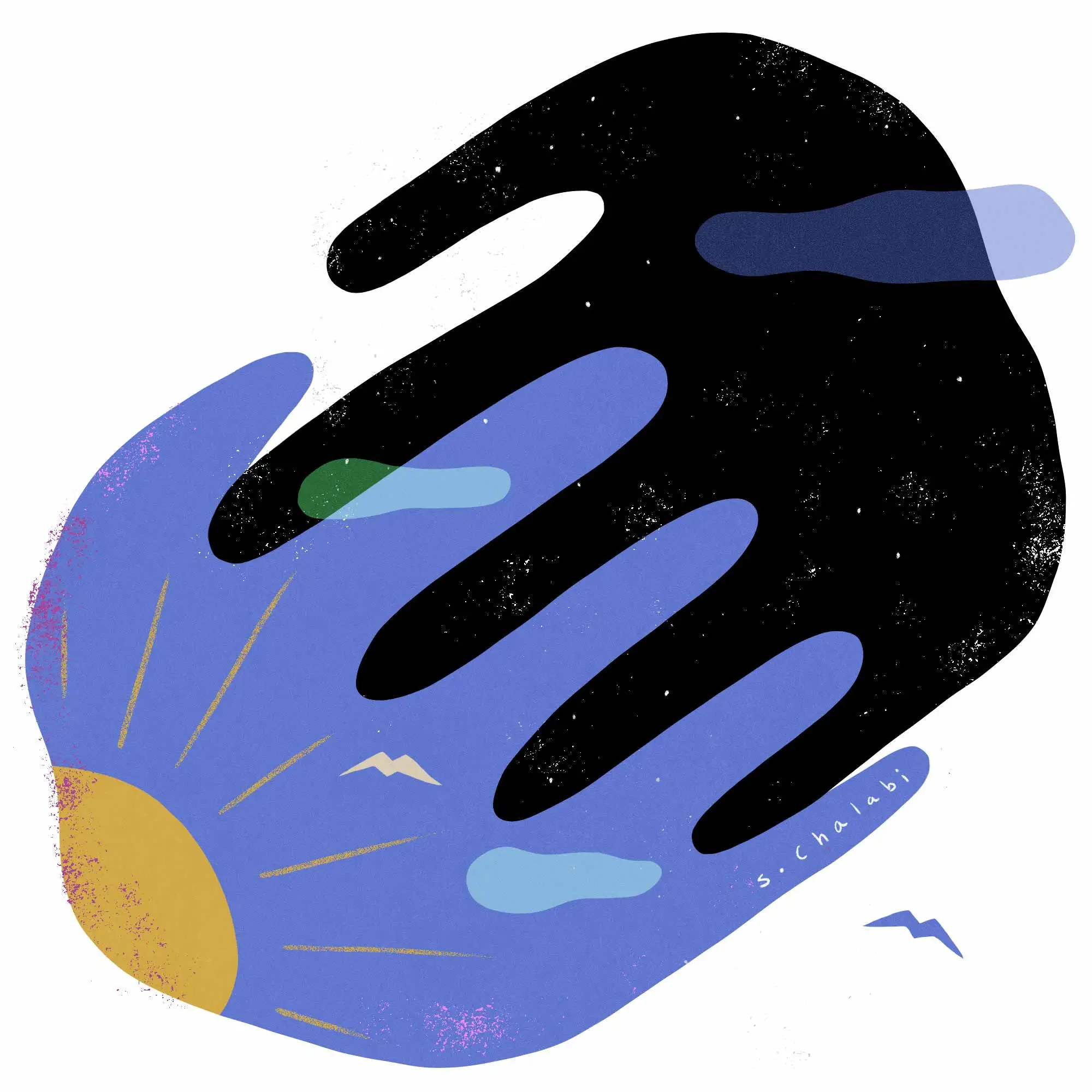
Contributing Writers
Aaron Dworkin, Alberto B. Mendoza, Alice Sheppard, Alissa Quart, Ana Serrano, Angie Kim, Aruna D’Souza, Brett Story, Carlton Turner, Carrie Lozano, Chris E. Vargas, Coco Fusco, Craig Santos Perez, Dark Study, Don Young, Emily Ladau, Grace Lee, Heather Chaplin, Imara Jones, Iyabo Boyd, Jenni Monet, Jess Devaney, Lam Thuy Vo, Las Imaginistas, Lewis Raven Wallace, Louis Massiah, Luisa Dantas, Marc Bamuthi Joseph, Maria Hinojosa, Maribel Alvarez, Matt Thompson, Mazin Sidahmed, Mutale Nkonde, Natalia Almada, New Negress Film Society, New Red Order, Patty Berne (interviewed by Bianca Laureano), Postcommodity, Shaun Leonardo, Sofía Gallisá Muriente, Sonya Childress, Taylor Aldridge, Teddy Dorsette III, and Thelma Golden
Editorial Team
Lawrence-Minh Bùi Davis, Curator, Smithsonian Asian Pacific American Center
Lena Sze, Program Associate, Creativity and Free Expression, Ford Foundation
Theo Torre de Castro, Program Assistant, Ford Foundation
Chi-hui Yang, Senior Program Officer, JustFilms, Creativity and Free Expression, Ford Foundation